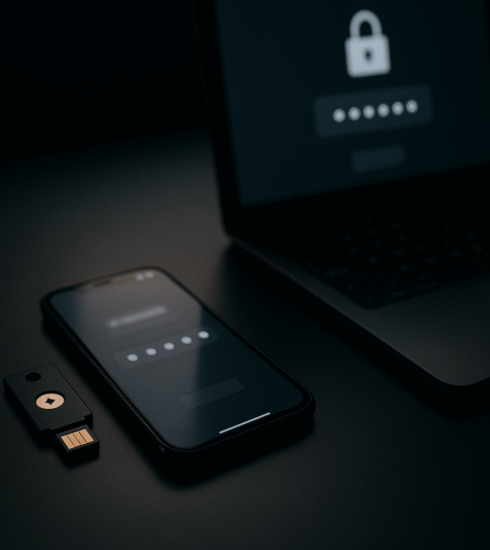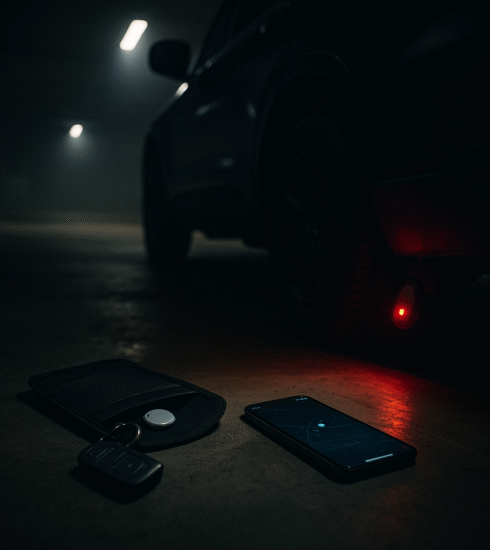Carjacking Prevention: Pre Drive In, Drive Post
Vehicle based threats require a layered defense that begins long before you turn the key. A carjacking is a violent, close quarters attack that exploits surprise and hesitation. Your primary objective is never to engage but to create time and space to disengage and escape. This mindset must be ingrained through awareness and practiced habits. The procedures you follow during the pre drive inspection and while driving can drastically reduce your vulnerability. This is not about living in fear but about cultivating a state of relaxed alertness that allows you to spot potential threats early. We will break down the critical phases of vehicle security into actionable, lawful steps for everyday driving.
The carjacker’s greatest weapon is the element of surprise. Your greatest defense is situational awareness. See the threat early and you have options. See it late and your options vanish.
The Pre Drive Perimeter Check
Your security protocol starts the moment you approach your vehicle. Do not be focused on your phone or your keys. Keep your head up and scan the entire area around your car. Look for anything out of place or anyone loitering in a manner that seems inconsistent with the environment. Pay particular attention to blind spots behind other vehicles or pillars where someone could conceal themselves. This thirty second visual sweep is your first and most important layer of defense.
As you near the driver side door, take a deliberate look at the passenger side of the vehicle and the back seat. Glance through the windows to confirm the interior is clear. This simple habit can prevent a surprise attack from an assailant who may have slipped into the back seat while you were away. Trust your instincts. If something feels off about the vehicle or its immediate surroundings, do not approach. Return to a secure location and contact security or law enforcement for a secondary assessment. Your vehicle is replaceable, you are not.
Key and Entry Tactical Considerations
Modern key fobs offer convenience but can create a security vulnerability if used incorrectly. Avoid the habit of pressing the unlock button from a distance. This announces your arrival and can unlock all doors, potentially allowing an attacker access to the passenger side before you even reach the driver door. Instead, approach the vehicle and use the key fob to unlock only the driver door as you are ready to enter. This controlled access limits the points of entry an assailant can exploit.
Once inside the vehicle, develop the immediate habit of locking all doors. This should be your first action before even putting on your seatbelt or adjusting the mirror. A locked door presents a significant physical and psychological barrier to a potential carjacker. It forces them to break glass or attempt to open the door, which creates noise, time, and attention. That brief delay is often enough for you to recognize the threat and execute an escape maneuver. This simple habit is one of the most effective countermeasures available.
Your vehicle is not a fortress. A locked door is a delay tactic, not a permanent barrier. Its purpose is to buy you the three seconds needed to assess the threat and react. Always have an escape route in mind.
Stationary Awareness at Intersections
Intersections and stop signs are the most likely points for a vehicle based ambush. You are stationary, distracted, and often focused on traffic signals. Maintain a cushion of space between your vehicle and the one in front of you. This space is your escape route. A good rule is to always be able to see the rear tires of the vehicle ahead touching the pavement. This space allows you to maneuver around the car if a threat approaches from the sides or rear.
While stopped, keep your foot on the brake and the transmission in drive. Use your central and side mirrors to maintain awareness of vehicles and pedestrians approaching from behind. Be wary of anyone approaching on foot, especially if they are attempting to make eye contact or wave you down. If a situation feels threatening, you have the right to violate a traffic rule to escape immediate danger. Sounding the horn can draw attention and may deter an approaching individual. Your priority is to create distance from the threat.
Managing the Unavoidable Confrontation
If an assailant succeeds in approaching your vehicle and makes a demand, your default response should be compliance if escape is not immediately possible. If they are armed, your vehicle is not worth your life. Be prepared to surrender the vehicle without argument. Mentally prepare for this possibility so you do not freeze in the moment. Your goal is to de escalate and create an opportunity to safely exit the situation. Toss the keys away from the vehicle to create a distraction if necessary.
If you are physically blocked in and cannot drive away, and if the assailant attempts to enter the vehicle, you may need to use the vehicle itself defensively. This is a last resort. Sound the horn continuously to attract attention. If you must maneuver, do so in a controlled manner to create space and dislodge the attacker, not to inflict harm. The legal justification for using your vehicle as a weapon is extremely narrow and varies by jurisdiction. Your best legal and physical defense is always to avoid the confrontation entirely through early detection.
Post Incident Actions and Mindset
If you are forced to surrender your vehicle, disengage immediately. Move to a secure location and contact law enforcement. Provide them with the best description possible of the assailant and the direction of travel. Your safety is the first priority. Do not attempt to pursue or confront the carjackers. They are likely armed and operating in a heightened state of aggression. Your role is to become a good witness for the authorities.
After any security related incident, a debrief is crucial. Mentally walk through the event. How did the threat approach? What were the early indicators you might have missed? What did you do correctly that you should reinforce? This is not about self criticism but about continuous improvement of your personal security protocols. Discuss the event with your family or team so they can learn from the experience. This reflective practice turns a negative event into a valuable lesson that enhances your future awareness and response.
The principles of vehicle security are simple but require consistent application. They are built on a foundation of awareness, pre planning, and decisive action. Make these checks and habits as automatic as putting on your seatbelt. The goal is not to see threats everywhere but to be capable of identifying a real threat when it emerges. This capability provides the confidence to navigate any environment, knowing you have a plan to protect yourself and your passengers.
Start your next drive with a conscious perimeter check. Make locking your doors an unwavering habit. Look at the stopped vehicles around you and identify your potential escape routes. These small actions, performed consistently, build a formidable defense against a sudden and violent threat.





